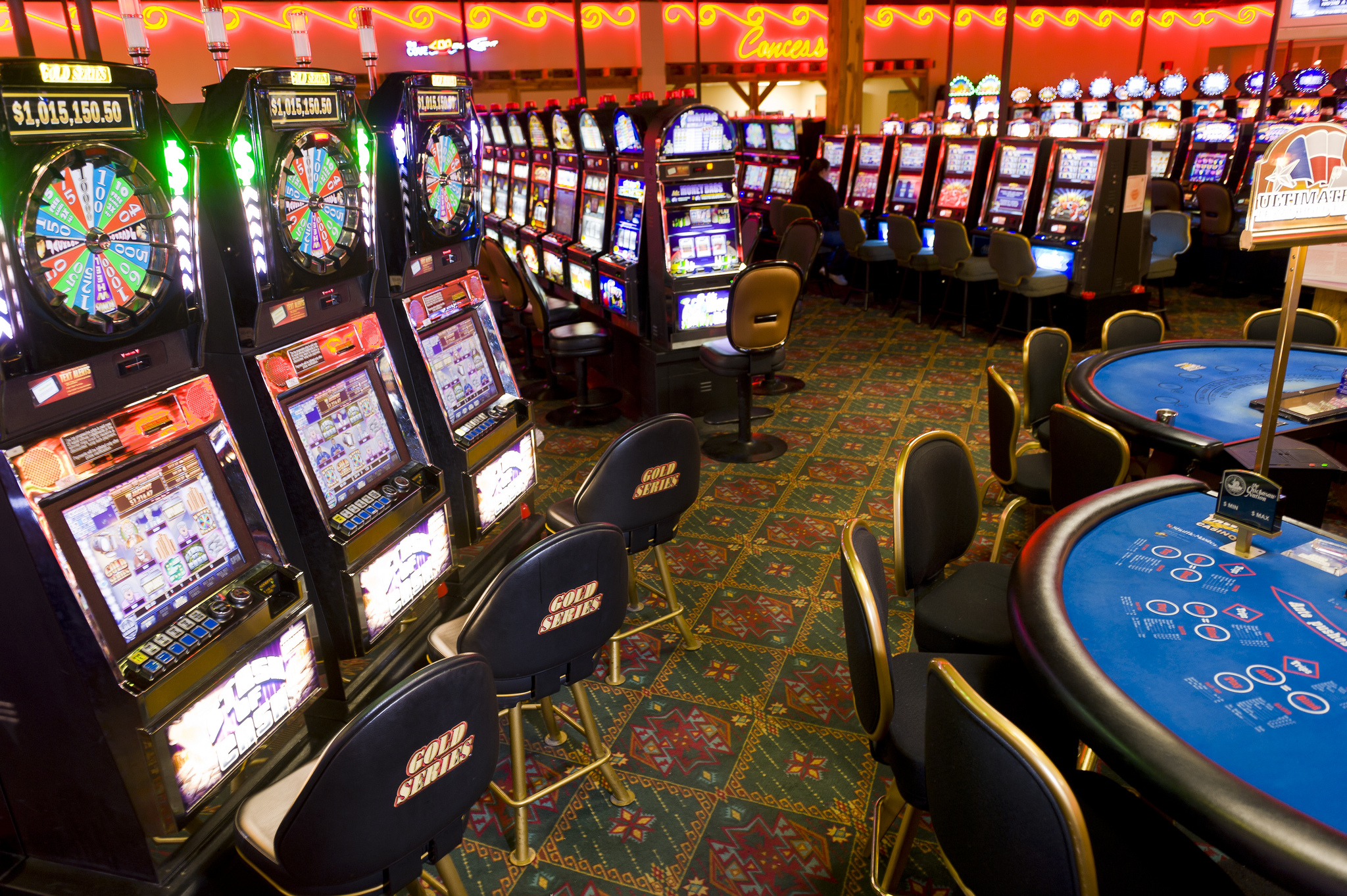In what way Casino Games Employ Hue and Design to Entice Players

In a vibrant and thrilling world of gaming establishments, wherein luck and strategy intertwine, hues and aesthetic play a key role in drawing in players. From the moment visitors step into a casino or access a gaming website, they are enveloped in a visual feast that captures their attention and lures them to discover further. Vivid colors, captivating graphics, and creative layouts are carefully crafted to create an environment of thrill and expectation, ultimately enhancing the gaming encounter.
While gamblers move through the ever-changing landscape of casino games, they come across a variety of designs that not only serve visual purposes but also affect feelings and choices. Hues like scarlet and gold symbolize riches and fortune, while calm navy and emeralds can create a more tranquil environment. Grasping how these elements work together allows casinos to create an inviting and stimulating atmosphere that encourages players to engage with the games, invest additional time at the tables, and increase their overall enjoyment.
The Study of Hue in Gambling Games
Hue plays a key role in the development of gaming experiences, affecting players’ emotional states and behaviors. Vivid and vibrant colors, such as red and yellow, are often used to ignite excitement and attract notice. These hues create a sense urgency and energy, encouraging participants to engage more enthusiastically with the experience. By strategically selecting hues, designers aim to inspire feelings of joy and anticipation, which can enhance the overall player experience.
Different colors also have psychological connotations that can affect how participants perceive their possibilities of victory. For instance, emerald is often associated with fortune and prosperity, making it a popular choice in activities like the roulette wheel and poker setups. This link can lead gamblers to feel more positive and self-assured in their gameplay, ultimately inspiring them to wager more. Grasping these associations allows game developers to craft environments that enhance player enjoyment and loyalty.
In addition, the layout of gambling game interfaces often utilizes color gradients and differing hues to instruct player actions. For instance, successful results may be highlighted with bright, contrasting shades, creating a visual reward. This technique supports favorable outcomes and encourages repeated participation. By utilizing the psychology of color, casinos can design activities that not only captivate participants but also hold them engaged and dedicated in their game experience.
Design Elements that Attract Players
The visual appeal of gambling games is primarily influenced by the implementation of vibrant colors. Lively and striking colors are deliberately chosen to create an inviting atmosphere that captures attention. For instance, reds and golds often signify luck and prosperity, which is why they are common in the color schemes of gaming machines and table surfaces. These colors not only draw players in, but they also stir emotions associated with thrill and anticipation, enhancing the total gaming experience.
In addition to color, the aesthetic and organization of gambling games play a significant role in player attraction. Games are designed to be user-friendly, ensuring that players can quickly understand the guidelines and gameplay. u8888.today User-friendly interfaces, along with engaging graphics and animations, help maintain gamer interest and encourage extended play sessions. The tactile elements, such as the feel of the controls and the audio of the games, also contribute to a holistic sensory experience that keeps players engaged.
In conclusion, conceptual elements in gaming design can significantly influence gaming decisions. Many casino games are inspired by media, myths, or adventure themes, featuring symbols and characters that connect with players. These themes create a sense of engagement and connection, making each game feel unique. When players feel a connection to the theme, they are more likely to choose that game over others, leading to increased participation and excitement within the casino environment.
Case Studies: Successful Casino Table Game Designs
One key example of impressive gambling game design is the acclaimed slot machine series based around blockbuster movies. Games such as those based on the Wizard of Oz and Game of Thrones utilize vibrant colors and superior graphics to enthrall players in well-known narratives. The application of moving visuals and captivating sound effects captures the interest of players, establishing an emotional connection to the theme. This tactic not only fosters longer play but also improves the overall gaming experience, resulting in increased player retention.
Another successful case is the application of color in table games like 21 and the wheel. Casinos often design these games with deep reds and greens, colors traditionally connected with luck and wealth. For instance, the emerald felt on a blackjack table provides a soothing effect, while the red accents in the wheel invite thrill. This thoughtful use of color helps to create an inviting atmosphere that stimulates players to engage, satisfying their psychological impulses and increasing their enjoyment.
Finally, online casino games that feature social features and vivid, dynamic designs have seen remarkable success in engaging players. Games like Zynga’s Poker and Slot-O-Mania leverage striking colors and playful animations to forge an inviting online environment. The integration of leaderboards, social sharing options, and in-app rewards encourages competition and community, pulling players in for longer sessions. Such designs not just make the games visually enticing but also emphasize social interaction, a crucial factor in player retention and engagement within online casino environments.